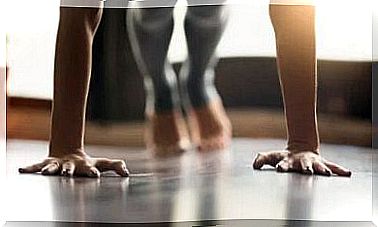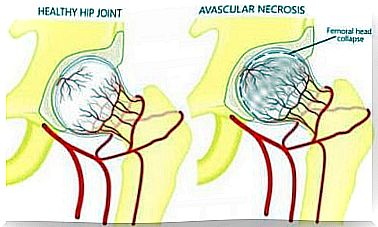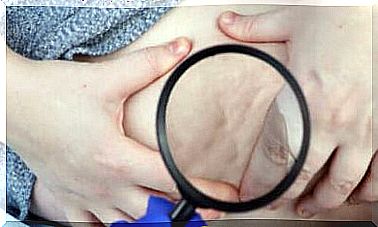How Does Your Baby React When You Stop Diapers?
Finding the right time to stop diapers is a common question among parents. Age is not the determining factor. Rather, it’s about making sure the child is mature enough to control their sphincters.
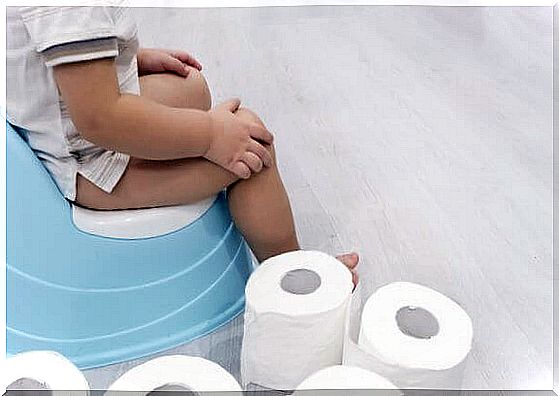
Stopping your baby’s diaper is one of the developmental processes that marks a fundamental turning point in his independence: the control of the sphincters. The way your baby reacts when he is no longer wearing diapers shows you whether or not you took them off at the right time.
Usually, although you might not believe it, children learn to control their sphincters sooner than you think. Some may take a little longer, while others get there in a few weeks or even a few days.
What matters, as we always say, is remembering that every child is different. Everyone will reach this stage of development at their own time and at their own pace, when they are mature enough for it.
How do you know if your baby is ready to stop wearing diapers?
Some children start to go into hiding to defecate. Others refrain from urinating for more than three hours. These are indicators that your baby is ready to stop wearing diapers.
On the contrary, there are also children who are afraid and who only want to defecate in a diaper. This could indicate to you that the child is not ready for you to remove his diaper. There’s no point in forcing it. The safest thing to do is to wait until you find the right time.
After two or three months, you can try again, and see if the child is ready or not. But first, you have to prepare it. Start explaining what is going to happen and telling him how soon, read him stories or show him pictures or pictures that can help you explain what to do and what to do. then you will expect him.
What is the best age?
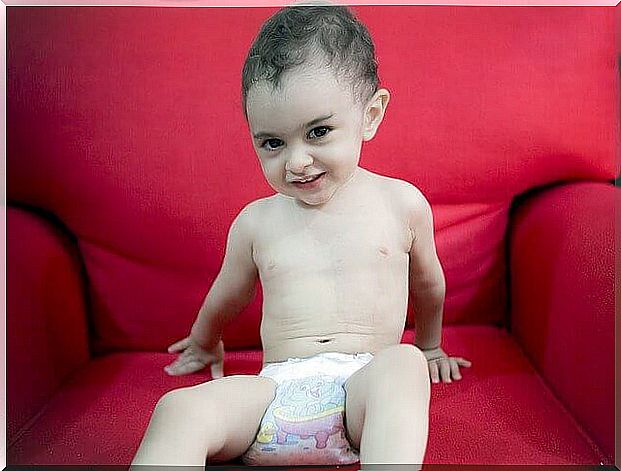
If you try to keep your baby out of diapers between 1½ and 2 years old, it probably won’t be effective as quickly as if you tried to do it later. However, you can try.
Until the age of 1 and a half, most children no longer want to wear diapers because they get in the way and the friction causes them to redness. So, in theory, this is the perfect time to stop putting it on them. You can give it a try, and see what happens. Patience and good humor will be essential throughout this process.
On average, it is when children are between 2 and 3 years old that they are able to permanently remove their diapers. At this time, they are able to name their feces and say it when they need to urinate or defecate.
What if your child reacts negatively the moment you decide not to put on any more diapers?
Many parents wonder why some children are afraid to stop wearing diapers. Surely these children were not aware of the fact that they were wearing a diaper. And once without, then they face a great challenge.
Modern disposable diapers are very absorbent, and the child hardly notices the consequences of defecating. That’s why when we don’t want them to wear diapers anymore, it often scares them because they don’t understand what is happening to them.
Still other babies are scared when they sit on the toilet, which is why the use of an adapter is essential so that they do not feel this emptiness and so they refuse to sit. It is also a good idea to incorporate a stool or a crate that prevents the children from having their feet in the air.
How do you start to stop putting your child in diapers?

First of all, there are a few things that children who are really ready to step out of diapers should be able to follow. You have to start slowly and take it step by step. First, try teaching your child to put on and take off their underwear or diaper on their own. Then move on to more difficult steps, such as removing the diaper and immediately sitting on the toilet.
Another way to introduce your children to this process is to let them participate in the decision-making and allow them to choose with you what will be the best equipment. It’s about experimenting, and seeing which model is the best to go with. The one that makes them most comfortable.
Once the choice is made, let your child decide which color or design they like the most. He will appreciate knowing that all this equipment will be for his personal use only.
Ready for some accidents?
It is completely normal for your child to fail at times on their way to definitive diaper drop-out. Once he starts to no longer wear diapers, there may be times when he does not get to the bathroom on time, or he does not go to the bathroom but next to it.
How you approach these accidents matters a lot. Remember, your child will not be able to learn to control their sphincters overnight.
Avoid scolding him, because these are things that happen. Keep a positive attitude. Your reaction to these little accidents is very important, since your child is still waiting for your support.
Some parents decide not to put their children in diapers either day or night. Keeping them in diapers at night may be best so you don’t have to change the sheets too often. However, if you decide to do otherwise, we recommend that you place a disposable protection on the bed, just in case.
Is it the same to take the diaper off a boy or a girl?
No. Up to 3 years, the development of boys and girls is more or less the same. However, from the age of 4, the differences start to appear and intensify over the years.
On the one hand, testosterone levels in boys multiply by the age of 3. On the other hand, social influences have an impact and will steer boys and girls in different directions.
These differences may mark the right time to stop putting your child in diapers. During their first years of life, girls develop faster than boys. In other words, they pass through the various stages of development more quickly. However, from a psychological standpoint, boys are generally more willing to face new challenges and can cope better with not wearing diapers.
What are the differences ?
It is not uncommon for girls to be successful in controlling their sphincters before boys. Usually, they also develop language earlier than boys, which allows them to say it when they have the urge to urinate or defecate. They mark a point there in relation to the boys.
Boys, on the other hand, need less hygiene precautions than girls. For girls, going to the bathroom in public places is more complicated. This leads many parents to put their daughters in diapers for longer.
Girls get into the bathroom routine more quickly. Their cognitive development allows them to assimilate with greater ease the different steps to be taken to start using the toilet. It is a little more difficult for the boys.
To conclude
In the whole process of getting your child out of diapers, be it a boy or a girl, the most important thing is to be patient. This is a big milestone for all children, and therefore it is an opportunity for parents to show their children all their love and understanding. They are children, and they are learning. Parents too learn to adopt good behavior and to educate their children in the best possible way.






